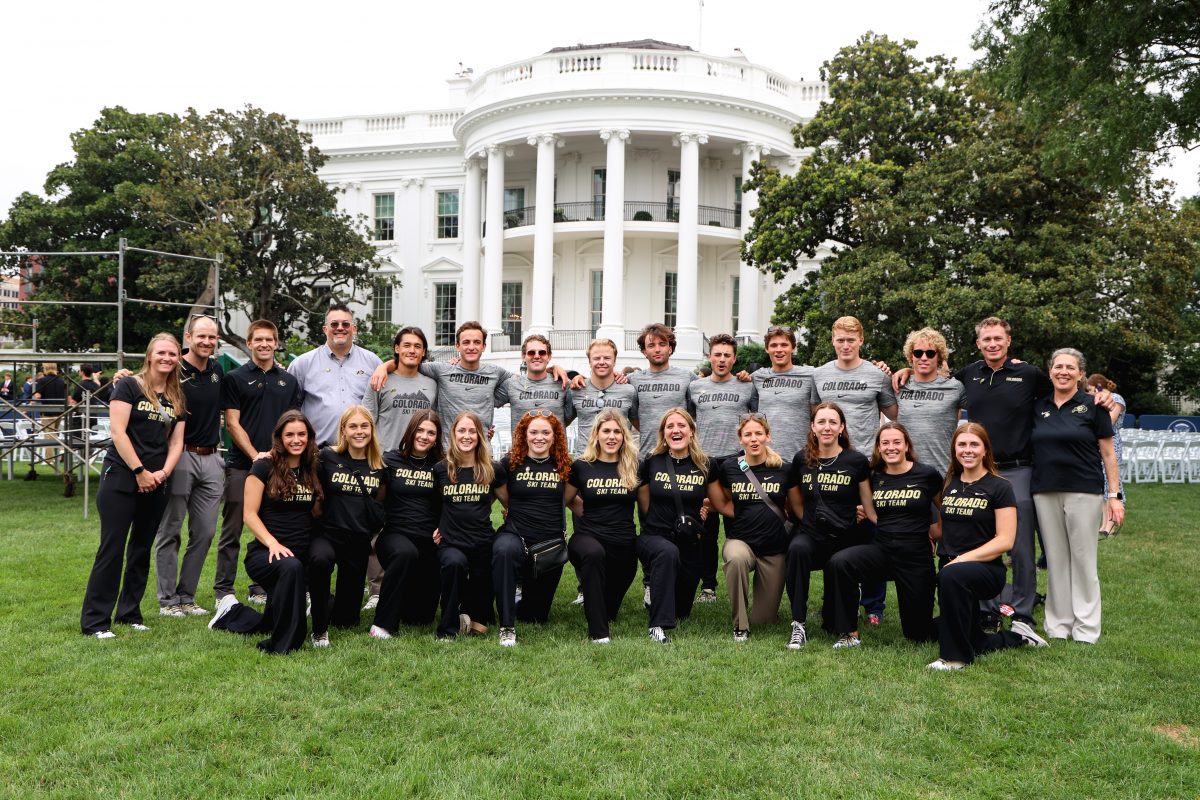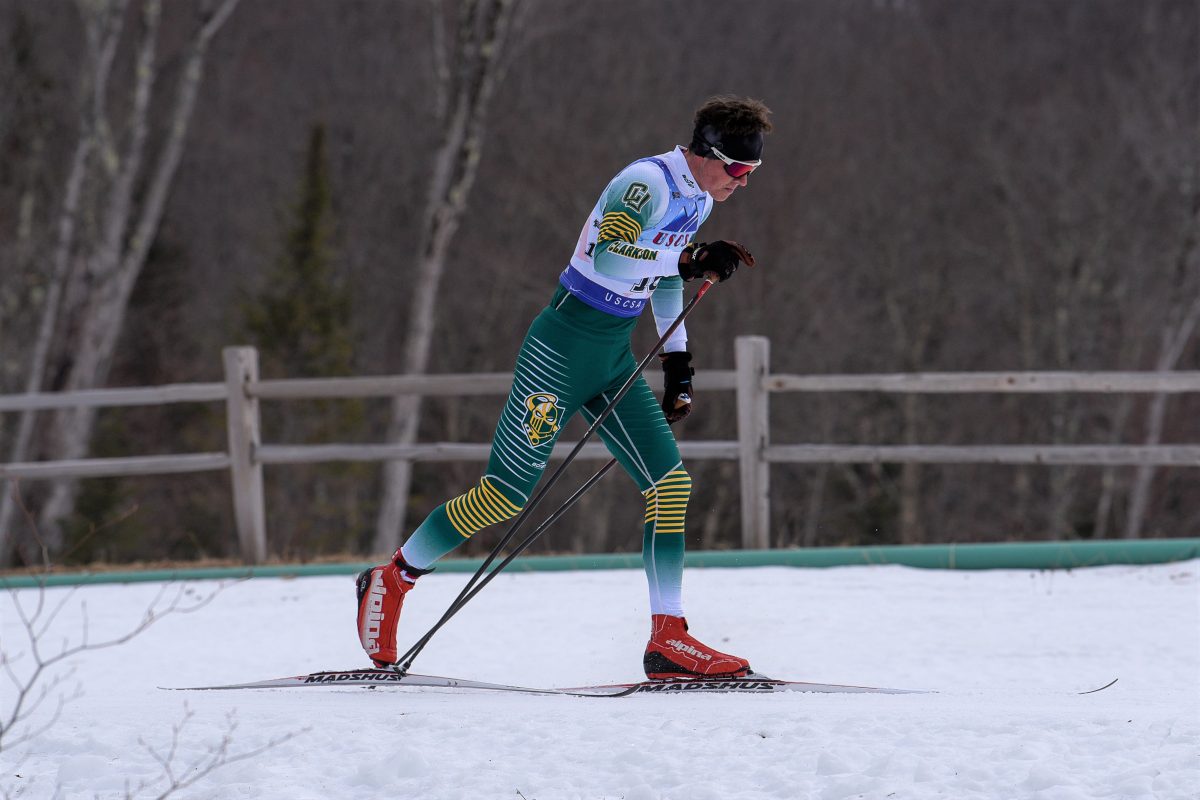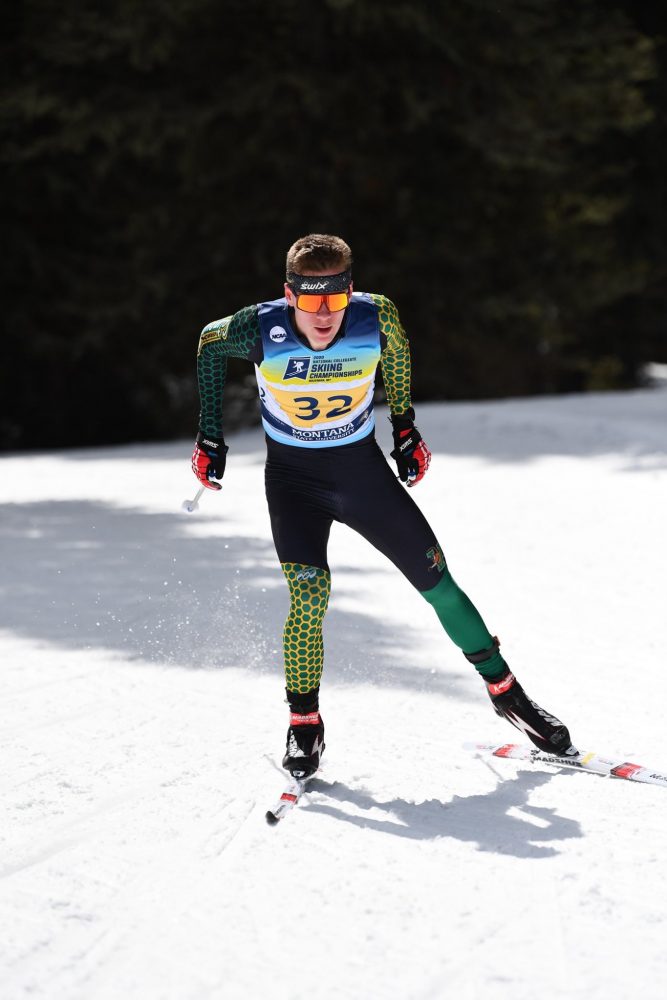Press Release
What is the Nordic Sports Strategy?
The Nordic Sports Strategy is a concept that Biathlon Canada, Nordic Combined Ski Canada, Nordiq Canada and Ski Jumping Canada can improve their operations and high-performance results by doing more together. The acknowledgement that there are 90+ Winter Olympic medals between these four sports began a conversation that identified a list of possibilities, extending beyond high performance results, that could be possible through collaboration.
Canada’s four Nordic sports have signed a memorandum of understanding (MOU) to begin exploring ways they can work together to achieve their ultimate goals of putting more Canadian athletes on podiums and increasing participation in each of their sports. The MOU was officially signed on July 30.
Biathlon Canada, Nordic Combined Ski Canada, Nordiq Canada and Ski Jumping Canada will work together to lead the Nordic Sports Strategy process that will evaluate opportunities of having a more unified approach to developing and operating Nordic sports in Canada.
What is the purpose of the MOU?
Extensive work and discussion have already been done over the years on how sports in Canada can do more together. The Nordic sports are leading the way in this area in Canada. The memorandum of understanding brings the four national sport organizations (Biathlon Canada, Nordic Combined Ski Canada, Nordiq Canada and Ski Jumping Canada) together to explore joint opportunities to achieve their performance and operational goals.
How will the exploration process work?
Each of the four sports have designated up to two representatives, along with a representative from the Canadian Olympic Committee, to sit on the Nordic Strategy Steering Committee. Over the next 10 months, the Steering Committee will be focused on forming and directing working groups to analyze key functional areas of each national sport organization, including: administration; participation at the grassroots levels; membership; high performance/athlete development/coaching development; revenue generation; and governance.
Who will be involved in the working groups, and what is their role?
Steering Committee representatives will be assembling groups with experts from each of the sports. Each working group will be charged with making recommendations and proposing solutions to the Steering Committee that will enable the goals to be reached: more Canadians on the international podium as well as putting more Canadians on skis, in the air and on the shooting range across the country.
How will this MOU help you achieve your goals?
This MOU is the first critical step taken by each of our organizations to have a deeper look at our athlete and coach development pathways from the club to elite level, talent identification, and our overall high-performance programs with the ultimate goal of delivering the resources our athletes require to produce more medal-winning performances at future Games while attracting more participants into a healthy sport for life.
Is the decision to do this now as a result of the COVID-19 pandemic?
Absolutely not. The idea of doing more together has been worked on for a few years now with all of our stakeholders. It is now time to officially move forward with detailed exploration where we can be more efficient together.
That said, we believe the current climate we are all working in has reinforced the need for numerous organizations, both within and outside of sport, to work more effectively.
What role does the Canadian Olympic Committee, Canadian Paralympic Committee and Sport Canada play in this process?
This initiative is being led by the four national sport organizations and supported by the Canadian Olympic Committee. The COC does have one representative on the Steering Committee who is focused on supporting the project and helping to keep it moving forward.
Why is this important to the Canadian sport system? Or the Canadian Olympic Committee?
The Canadian sport system is rooted in a very traditional structure and governance model. The speed at which the world is changing and the issues prominent in sport today are causing organizations to rethink how they operate. This is an important evolution. The Canadian Olympic Committee is committed to strengthening the National Sport Organizations and see this type of work as potentially transformational for the sport system.
To improve Team Canada’s performance in the overall standings at the Olympic Winter Games, it must deliver in the medal-rich Nordic sports which boast 93 medals across 31 events. Canada’s Nordic athletes have only won six medals since the 1924 Olympic Winter Games, and none since the 2006 Olympics in Turin, Italy. Our sports represent nearly 30 per cent of the Olympic medals available so we know that if Canada wants to be a world-leading winter sport nation, we need to consistently see the Maple Leaf raised above the podium multiple times at the Nordic venue.
Are the provincial sport ministries on board? Do they support this?
At this point our focus is to have a national level conversation. As we continue our exploration the project will evolve to the provincial and local level. Some Provincial sport ministries/funding agencies are aware of this project and we will share further details as the project progresses. Aligning all provinces/divisions across Canada where we are all working together with common goals is an exciting proposition.
How will this affect government funding? Will Sport Canada/Ministry of Heritage give less to each sport if the sports merge?
We have reviewed this concept with many of our government partners and there is support for the need to find ways to modernize our sport system. Our government partners would not put anything in place to penalize or prevent progressive change. We will keep Sport Canada informed as recommendations take shape.
Is this exploration costing my National Sport Organization any money?
At this stage, there are minimal costs which are being supported by the Canadian Olympic Committee. There are no costs to the National Sport Organizations.
Have there been any potential sponsors who have expressed interest in a more collective approach to Nordic sports that leads to more podiums and sport participation?
Podium performances at the international level – Olympic, World Championships and World Cup – provide greater value for corporate partners who are looking to align their brand with winning brands and athletes with greater profile. The focus of developing a Nordic strategy that increases efficiency is to ensure maximum resources go into the development of high-performance athletes who are able to consistently stand on the international podium, while putting more Canadians on skis, on the range and in the air.
How will this impact the provincial and club level programs/administration?
We believe every sport club and organization is facing increased challenges at this time and this shows strong leadership from the national level to take proactive steps in evaluating ways to strengthen our Canadian Nordic Sports from the grassroots to elite level. The alternative is to sit and ‘hope’ the situation improves on its own or that someone else fixes the problems we all face. We believe it is important for us as leaders of the National Sport Organizations to take the lead in shaping our organization.
How will this change the operations of my club/Division?
We are working to understand what the ideal model will look like from the local club level to Canada’s Olympic and Paralympic best. We will do this by working collaboratively with our clubs and divisions to better understand their collective challenges and how working together can help enhance their program delivery, governance, revenue generation etc.
Why are your National Sport Organizations so focused on participation?
Our members have been clear to us about the need to increase participation and put more athletes on podiums.
We believe Nordic sport participation is an untapped market across the country due to our current limitation in resources. We have a responsibility as national sport organizations to do our part in encouraging more Canadians to live healthier and more active lives by discovering the enjoyment of Nordic sports. We are Canadian – inclusion is important to us
For many of our members, they are not involved in the high-performance program. They simply have a passion for fitness and enjoying the sport, and being outside.
However, high-performance athletes develop from Club-level participation programs. Therefore, growing the culture of skiing, especially at the youth level, will ultimately help contribute to an increased pool of athletes developing through the Olympic and Paralympic pathways.
Is the ultimate goal to form one National Sport Organization?
There are many different outcomes that could result from this process – the formation of one national sport organization is only one of several possible outcomes – and this would only be done if it was clear that this was the best approach to achieving the goal – more athletes on international podiums and more Canadians participating in Nordic spot.
All four sports face challenges, some are unique to our individual sports, but we also see that many are shared. As leaders of our respective organizations, we believe we can meet many of these challenges through more cooperation and coordination. The clear objective of this joint initiative is to evaluate what framework is best-suited to maximize efficiency and resources to attract new participants into the Nordic sports and develop medal hopefuls within the Canadian sport system.
The Nordic Strategy Steering Committee will explore and test the opportunities that we believe exist to make our sports stronger.
Do other Nordic nations operate as one National Sport Organization?
Operating multiple sports under one national umbrella is not new for winter sport countries around the world. This is true for Nordic sports as well. A number of countries do operate as one unified National Sport Organization including Germany, Austria, Switzerland and Italy to name a few. However, it is important to note, forming one National Sport Organization is only one potential outcome of many.
What are the next steps for the Steering Committee?
Over the coming weeks, the Nordic Strategy Steering Committee will establish working groups of community experts who will produce reports back to the Steering Committee. Findings of the exploration will be reviewed by the Committee and reported back to their respective Board of Directors.
How will decisions be made by the Steering Committee?
Decisions will usually be made by consensus. In the absence of achieving consensus, decisions will be made by a majority vote by the National Sport Organizations. There will be one vote per NSO. Any recommendation or decision made by the Steering Committee will not be binding on any of the national sport organizations.
If one of the outcomes was working as one organization, does it matter that there are different international federations involved? FIS/IBU?
No, it does not. Nordic sports already operate as one unified national sport organization in multiple countries around the world including Germany, Austria, Switzerland, and Italy. In fact, Nordiq Canada also reports to two International Federations: FIS (Olympic pathway for cross-country skiing) and International Paralympic Committee (Paralympic pathway for cross-country skiing and biathlon)
What is the process you will follow for making any changes? Who gets to vote on this?
Right now, we are in an early exploration phase. Once we have completed an analysis of key functional areas of possible collaboration (administration; participation at the grassroots levels; membership; high performance/athlete development/coaching development; revenue generation; and governance); and have heard from all key stakeholders (athletes, supporters, coaches, volunteers, officials, administrators, board members etc.) each Board will make a decision to proceed to the next phase of tangible collaboration.
*****



